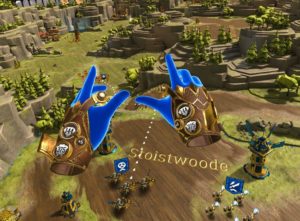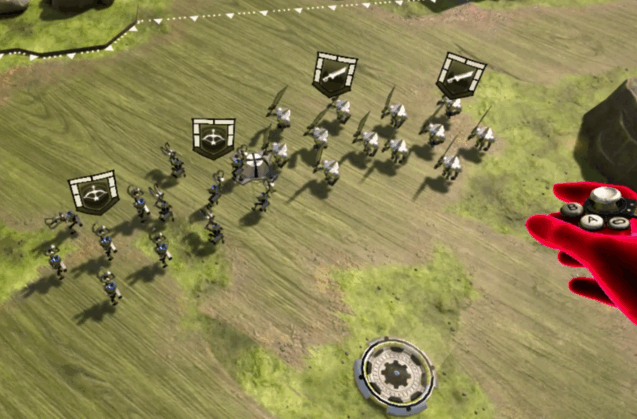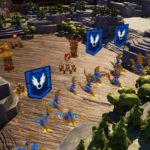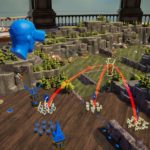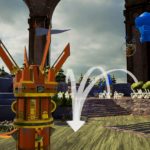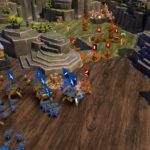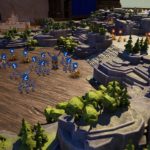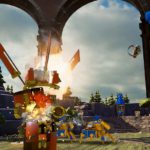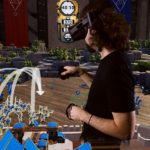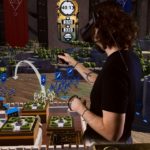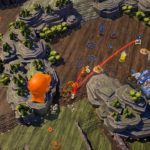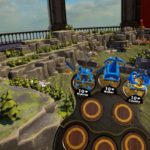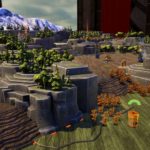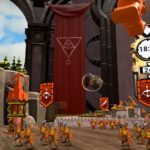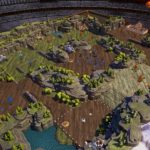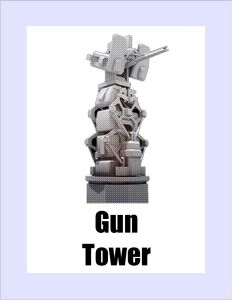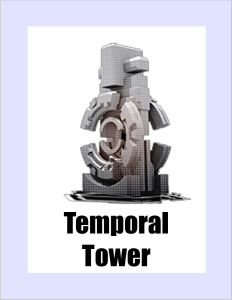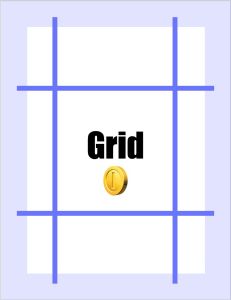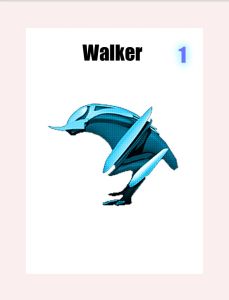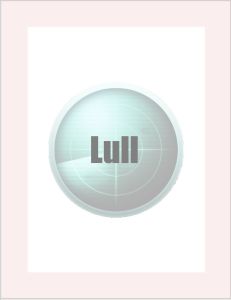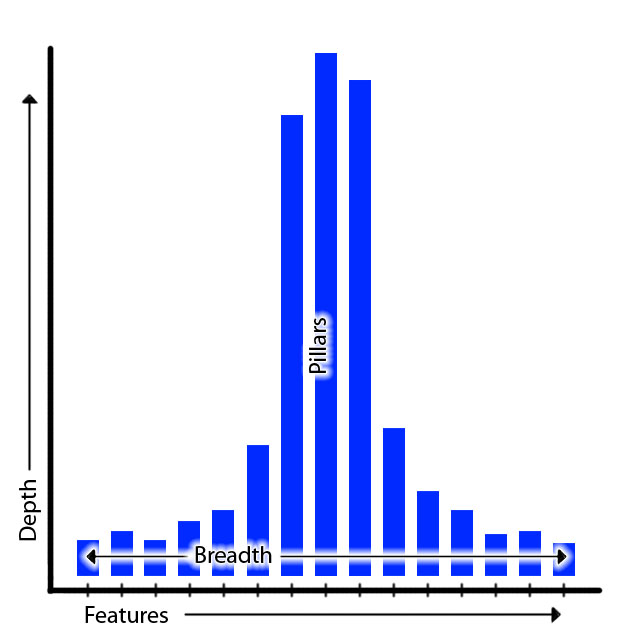This has been an exciting week for me… As Hidden Path puts the final digital shrinkwrap on my most recent VR title Raccoon Lagoon, I’m bidding the classic nine-to-five a temporary adieu. As of yesterday, I’ve started focusing my full attention on Auto Fire! It is my hope to get it into solid, pro-tier shape over the summer, and see what happens!
In celebration of this moment, I’ve put together an early trailer, complete with some pro-tier voice acting:
Auto Fire needs a lot of work yet. I need to make the interface more approachable, flesh out the content, and improve the basic art so that the game starts turning heads. I need to deliver on the fantasy of driving a combat car… that’s skidding, shooting, hauling convoys, maybe even launching from jumps? The possibilities are endless!
Adding gamepad support should help people get comfortable with it quickly, and improving the mouse interface will hopefully do the same. Anything that helps people ramp up and be gripped by the promise of a muscle car bristling with chromed-out weapons.
As an inaugural step for my all-in on Auto Fire, I’ve been deeply examining my turn model… something I haven’t touched in like two years. The way it used to work is that each team would execute their moves when the timeline reached it, so that if you were moving at 60 mph (3 moves per turn), and the enemy was moving at 40 mph (2 moves per turn), the simulation would resolve with:
- You move (progressing to 0.333 seconds)
- They move (progressing to 0.5 seconds)
- You move (progressing to 0.666 seconds)
- They move (progressing to 1.0 seconds)
- You move (progressing to 1.0 seconds)
Guh. This might sound sensible if you are a realism fan, but when many entities are moving at different speeds, the turns all interleaved and the player never knew who was going to move when. It was confusing and could get frustrating as an enemy vehicle suddenly drove right into your path or out of your line of fire.
The new model is pretty simple: Each turn you execute your moves, then the rest of the world executes their moves. So in the above example, you’d get your 3 moves, then they would get their two. It’s basically X-com style, but you know what?
It ended up playing exactly the same.
Yeah, you can’t really tell there’s any difference at all, it flows great. And while I was worried that you’d be irritated by that long pause for your opponents to do their thing during your fancy driving , it actually feels a lot better than when your opponents interrupted you at odd, unpredictable times during your turn.
This is an important breakthrough because if I can make the player keenly aware of what a “turn” is, I can help them understand what acceleration does (more moves per turn) and how weapon cooldown works (most weapons can only be fired once per turn). I might not need a hojillion progress bars (a weapon is either available or not). Since the core goal is to make the game more accessible and less math-y, I’m optimistic that this is a good step that doesn’t sacrifice the core gameplay.
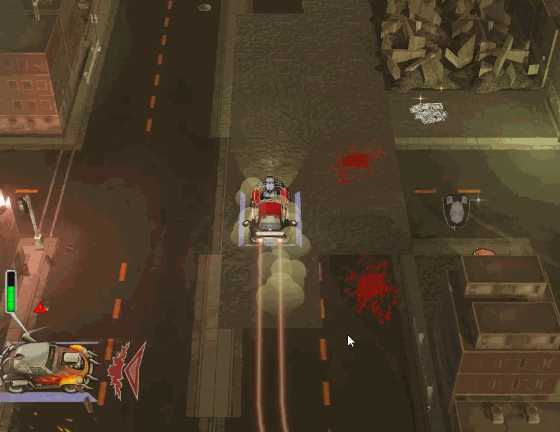
Finally, along with this exploration I started experimenting with better shaders using Amplify for Unity. It’s another useful step, because there will be a lot I want to convey in-world and good shader control will help me make better 3D and mouse-driven interfaces. Things are looking up!


